Future Of 3D Modelling: 5 Upcoming Trends
Future of 3D modelling is a big issue in the modern world for several reasons. First off, there are tons of inventions that are related to CGI in one way or another. Virtual reality, augmented reality, 3D printing – and all that benefits not just specialized industries, but regular people too. However, with the sheer speed technologies progress, average consumers simply can’t keep up. Next up, there is the issue of progress. PCs get more and more powerful, computer visualization gets more and more indistinguishable from reality, dozens of 3D modelling uses emerge yearly – how to keep up? This time we reveal 5 trends that will shape CGI and its use in the future, and how you can benefit from them!
#1. Virtual Reality
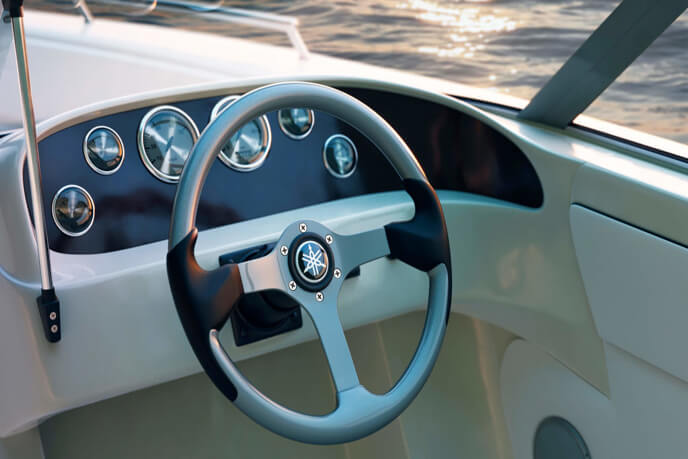
At the moment, users can access digital spaces with help of special visor and a pair of controllers. Sure, there were some experiments with VR gear based entirely on motion sensors, but they showed only limited success at the moment. How does future of 3D modelling come into play? Interactivity. Modern 3D modelling software has potential to create fully interactable photorealistic models and environments. This can potentially allow users to experience virtual reality that is indistinguishable from our reality, and even “full-dive” with all senses artificially stimulated.
#2. 3D Printing
Just a few years ago, 3D printing was largely seen as a hobby. Now, it’s a full-blown industry, and 3D printers are capable of creating virtually anything. On top of that, it’s available to anyone, and equipment gets cheaper every year. There are tens of thousands of blueprints available on the Internet, and if you want something unique, contact a 3D modelling studio and get a professionally made 3D model for 3D printing. But we haven’t mentioned the juiciest part of it – medical application. A few weeks ago scientist were able to 3D print a working heart. Although it is a transplant for a rat, it definitely shows what will be available in the future. 3D complex human organ transplants? Clone printers? Our guess is that it’s only limited by scientists’ imagination. The future of this industry is connected not exactly with the future of 3D modelling, but rather with what kind of materials will be replicated and how cheap the equipment gets.
#3. Augmented Reality
AR has emerged not too long ago, but has made incredible gains by this point. What was originally limited to gadgets can now be transmitted through holograms, as South Korea demonstrates. From now on, the sky is the limit, really. The future of 3D modelling in this sphere is making interactive photorealistic holograms. Our future looks more and more cyberpunk, doesn’t it?
#4. Mixed Reality
But what if you could combine AR and VR? That’s what mixed reality is for. Simply put, it is a new way of interacting with both digital environment and physical world. Mixed reality involves not just visualizing virtual objects in real world with holograms or immersive devices, but allowing them to interact with physical objects. For example, a digital character may “sit” at a real table or “put” a virtual object on a real surface. Of course, more complex interactions are possible, but it is being used even today. The future of 3D modelling, programming and AI will completely change the way we interact with our PCs or mobile gadgets.
#5. Virtual Modelling
So the writing is on the wall – our future definitely lies in merging real and digital worlds. As for the future of 3D modelling, we already see the evolution of how it’s being done. From manipulating basic shapes to polygon modelling to 3D sculpting – the industry improves yearly. And currently, there are new ways to create 3D models – with VR and AR. In the near future there would be no need for high-end PCs, as you’ll be able to create CGI on the go with hologram projections or with immersive gear. It will require some skill, as it should, but with futuristic technology anybody can become a 3D modelling specialist.
Imagine this: five or ten years from now, you are casually browsing the Internet and suddenly see a product ad. You click on it, and your PC, laptop or mobile gadget projects a hologram of said product, which you are able to rotate and customize. After that, you can file your custom order to the company and receive a precise blueprint for your own 3D printer. How awesome is that? We’re speculating at large, but the trends we’ve described are already tangible. Now that you know what future of 3D modelling holds, why not start to adapt early? Use the latest technologies to visualize your product with our 3D modelling services!
Let us know if you’ve got an interesting project and want to work together!

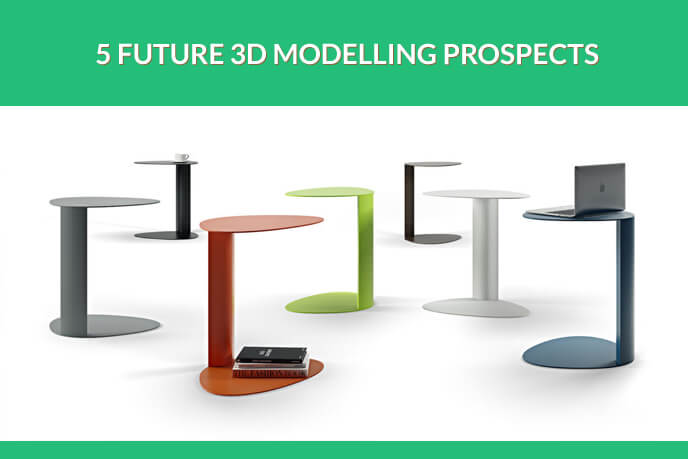
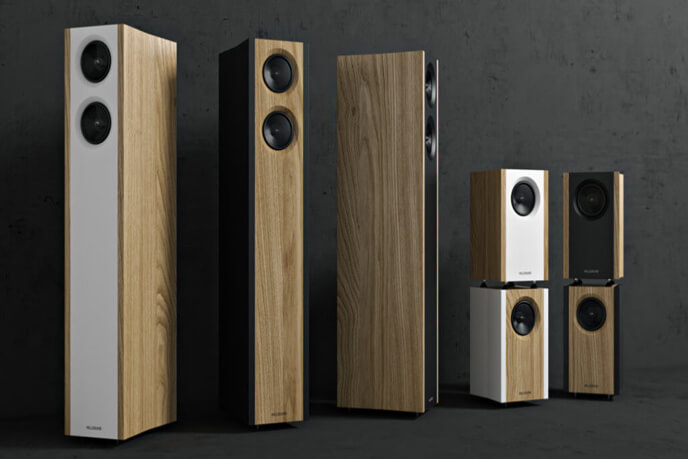
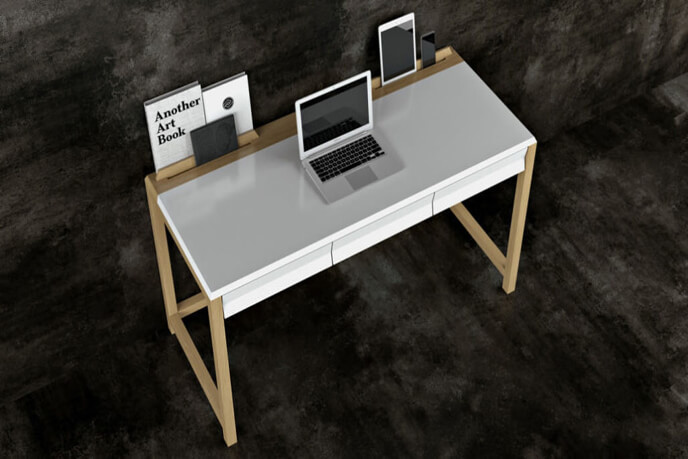
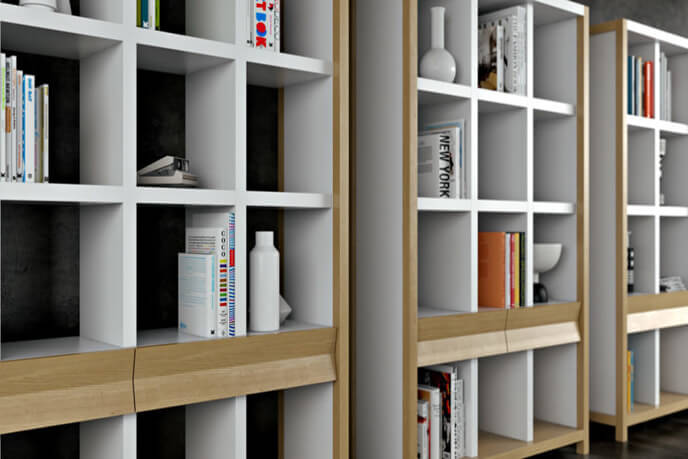


One Comment on “FUTURE OF 3D MODELLING: 5 TECHNOLOGIES IT BROUGHT THAT’LL CHANGE THE WORLD”
Important. Share more info on this.